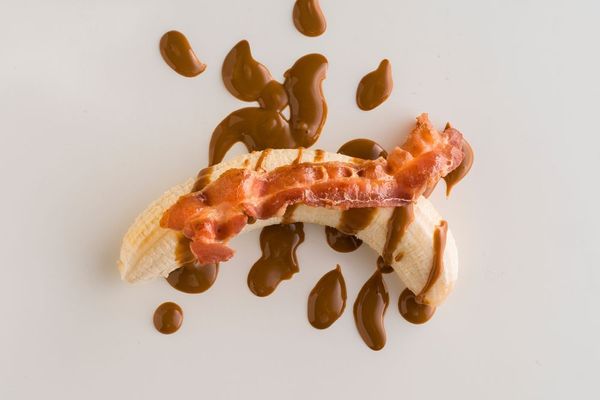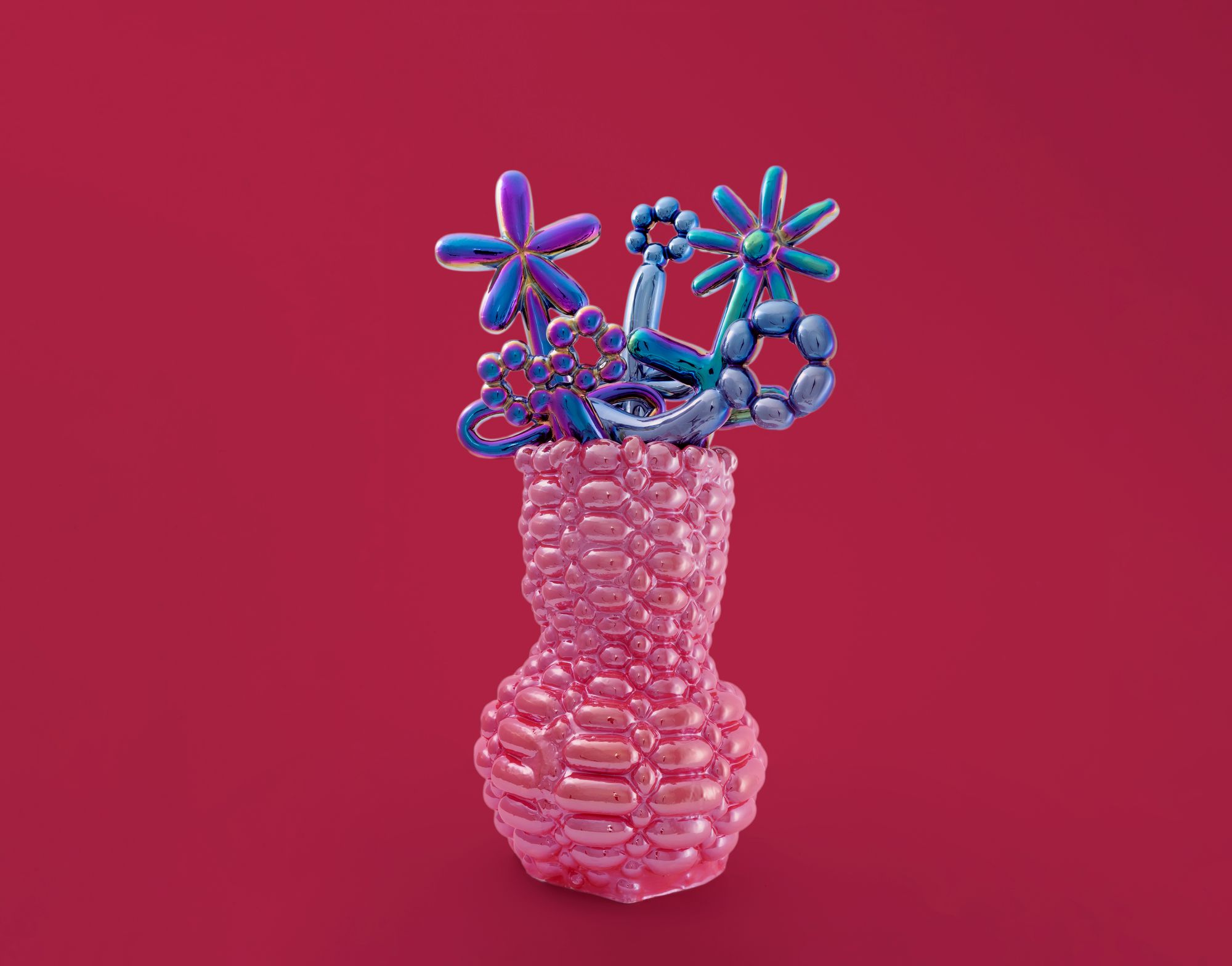They are at once delightful and thought-provoking, while also remaining functional: Štefan Sekáč’s objects are shaped by aesthetics, experimentation, and, not least, criticism.
The Slovak designer says that his love of ceramics and porcelain began to develop after he was accepted at the secondary school of arts in Košice. For him, the medium holds a wide range of possibilities, so he always thought of this profession as great craftsmanship. As he puts it, “ceramic design chose me, not the other way around,” adding “I really got to love working with porcelain, exploring the material and its plasticity and pushing its limits.” As he stressed, he is inspired by everyday life in his work and is really impressed by artists who are not afraid to be playful and have a sense of humor—just like him. Interview.
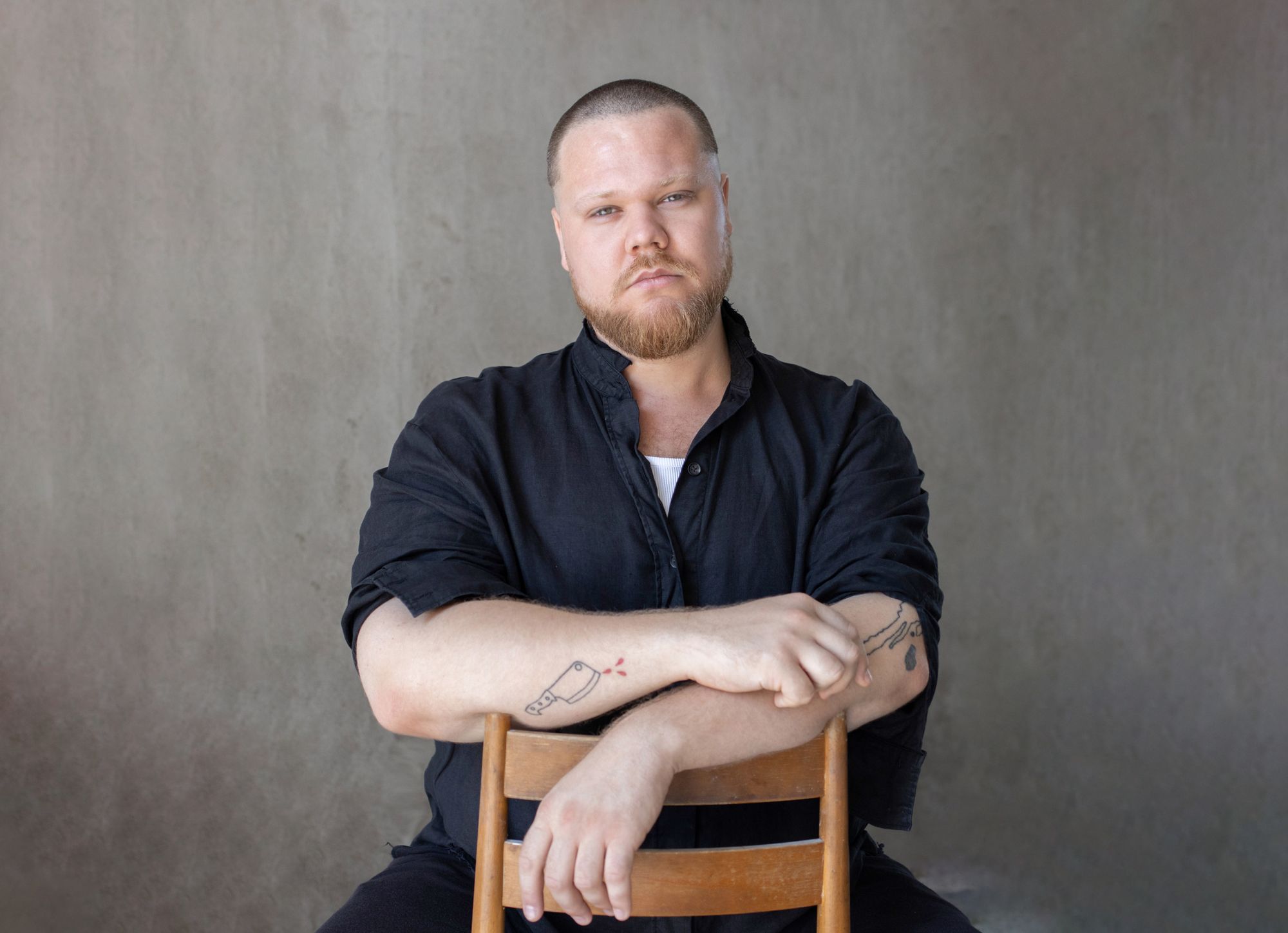
Your objects are confusing at first sight and it’s not entirely clear what medium one is dealing with. What do you think about your objects?
My objects strive for a balanced combination of two fields: art and functional design objects. Through my works, I want to show a new experimental approach to porcelain and ceramics, while I also try to arouse the viewer’s interest in contemporary design. Artistic expression is undeniably a part of myself and my work.
The aesthetic you use reminds me of American artist Jeff Koons’ balloon statues, as he often reflects on phenomena shaping contemporary social culture. What’s the symbolism behind your FET!S vases’ balloon-like shapes, vibrant colors, and reflective surfaces?
My works reflect current events and the general mood I perceive in the society surrounding me. I try to capture the essence of this by drawing on the ideas of pop culture and consumerism—in fact, every viewer can find their own story in my objects. They are more about evoking emotions and reactions. We live in an age of overproduction and materialism, and this is reflected in the shiny surface of my objects. The balloon that shapes the vases is something ephemeral, creating a kind of tension in the objects.
The balloon-like shapes forming the basis of the vases are actually made of balloons, as I use them to make each mold. The original idea was to take something fragile, something that only lasts for a brief moment, and transform it into something even more iconic even if it remains fragile, as the final substrate is porcelain.
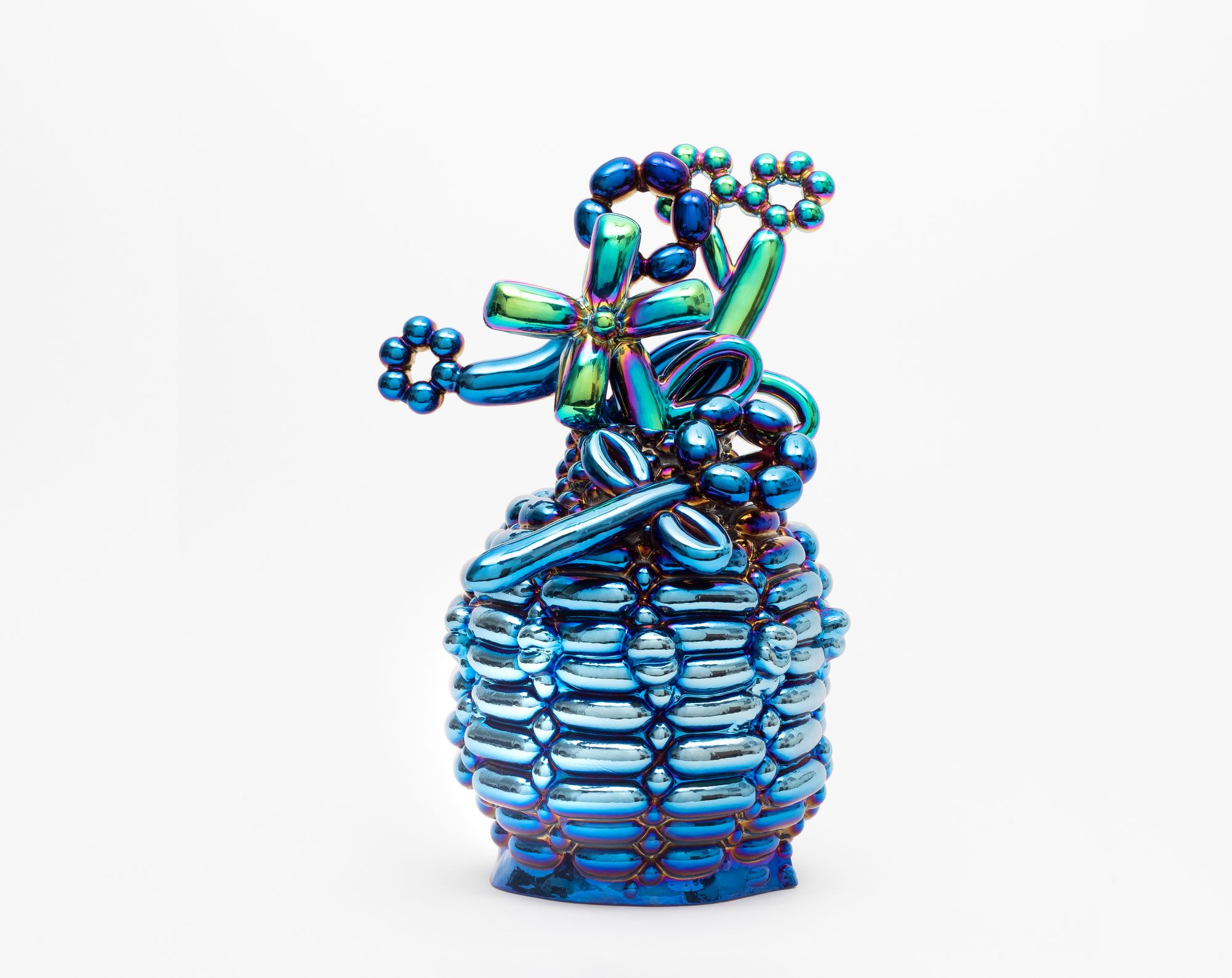
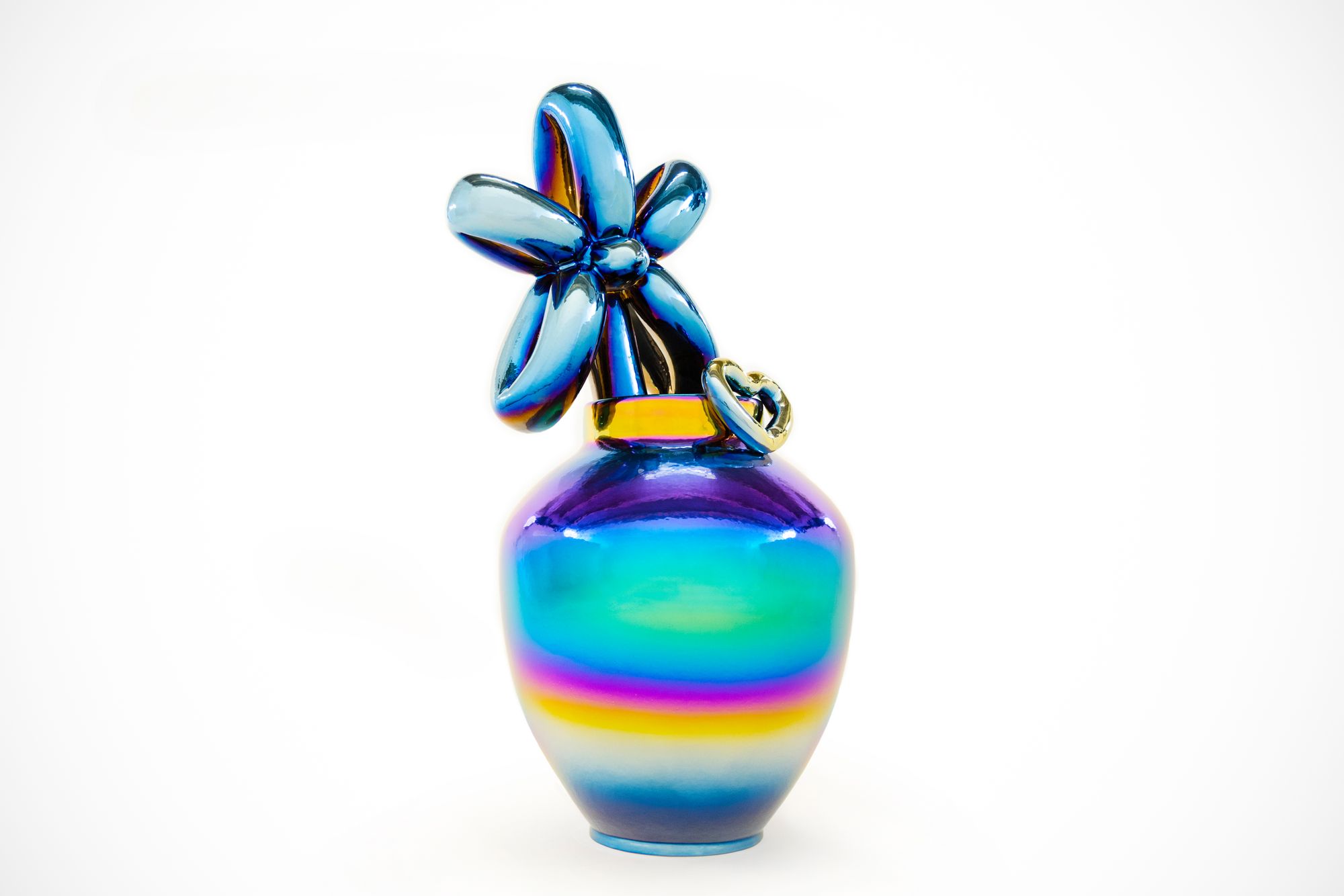
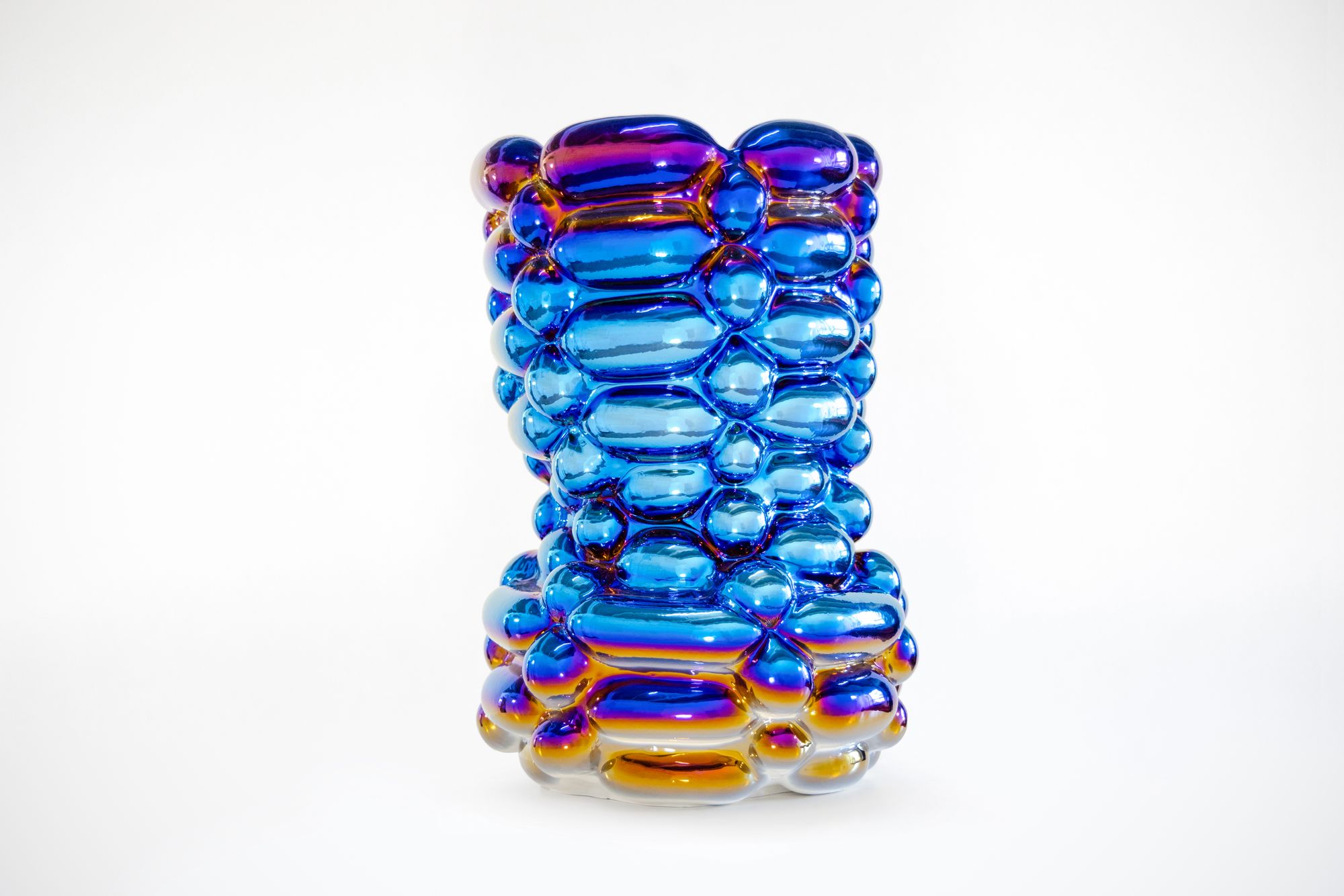
What exactly does your workflow look like? How much do you rely on traditional techniques?
My creative process is more sculptural in nature rather than approaching it from the traditional ceramic side. In terms of the technique, it’s a long and exhaustive process, which can usually take up to two months for a single object. The first step is to make a plaster model, which I cover with a balloon, from which I make a second model, the mold into which I pour the porcelain. This is followed by firing in the furnace, and the final step is to give the objects a metallic coating.
Conceptual design objects or works of art often divide critics and the public alike. What are your experiences with the reception of your objects?
This is exactly what I love about my work! As they are highly visual, they elicit all kinds of reactions from the very positive to the very negative. The viewer either can’t take their eyes off the objects or it’s too much for them, but their attitude never remains neutral.
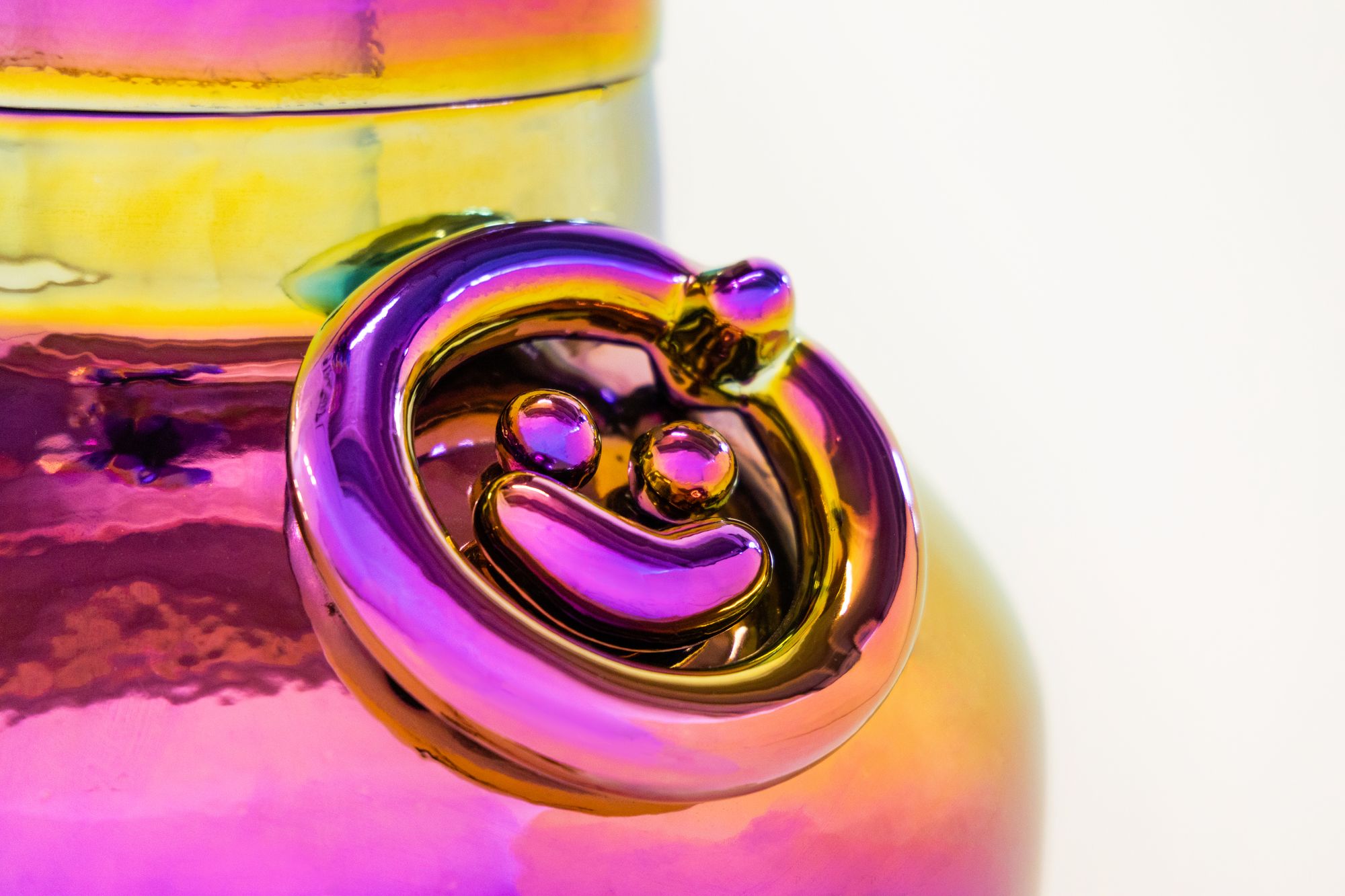
Your FET!S collection is complemented by flower-shaped objects. Do you plan to create non-functional design pieces in the near future? Perhaps you would like to experiment with other mediums?
Although I have started making these porcelain flowers that can be placed in a vase or used as a stand-alone ornament, my future plans are more focused on functional objects. I would also like to create a porcelain candlestick or wine glass. I can imagine many ways and many mediums to express myself. For example, I love to cook, and since cooking and porcelain go hand in hand, I would love to create events in the future where breathtaking dishes and special porcelain tableware are in the focus.
However, creating a new collection and set of objects is time-consuming, so I’m still learning to be more patient and explore the limits of this fragile medium. The FET!S collection is actually my own visual research, which I’m constantly developing.
Do you think there is a Central and Eastern European breakthrough in the global design market? As a Slovak designer, do you believe there is a common progressive voice in the regional contemporary design scene?
It’s difficult to answer this question from a global perspective, but perhaps more importantly, there is a breakthrough in the local context. People are more interested in local design and see its added value and uniqueness. This is what really matters to us designers.
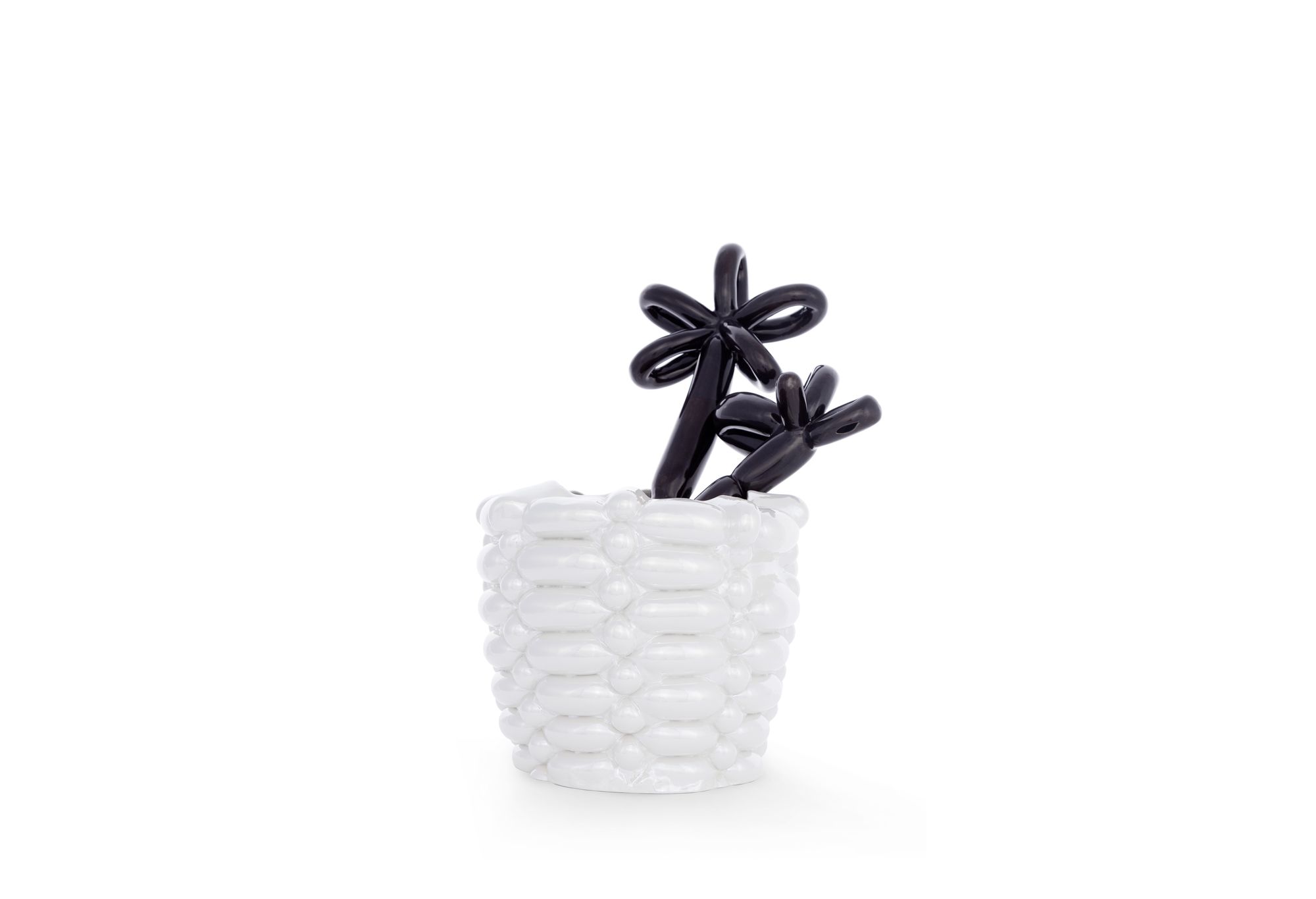
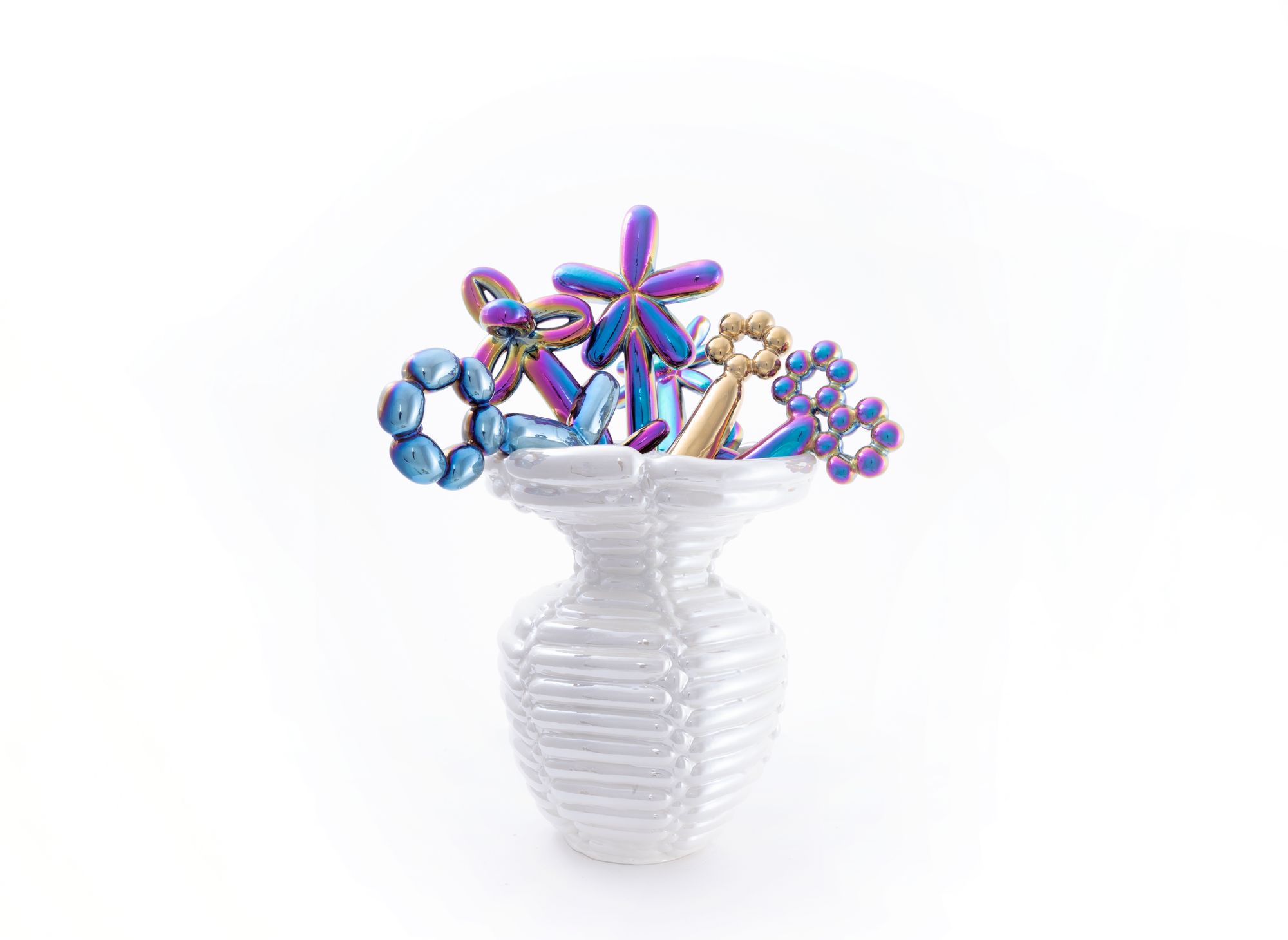
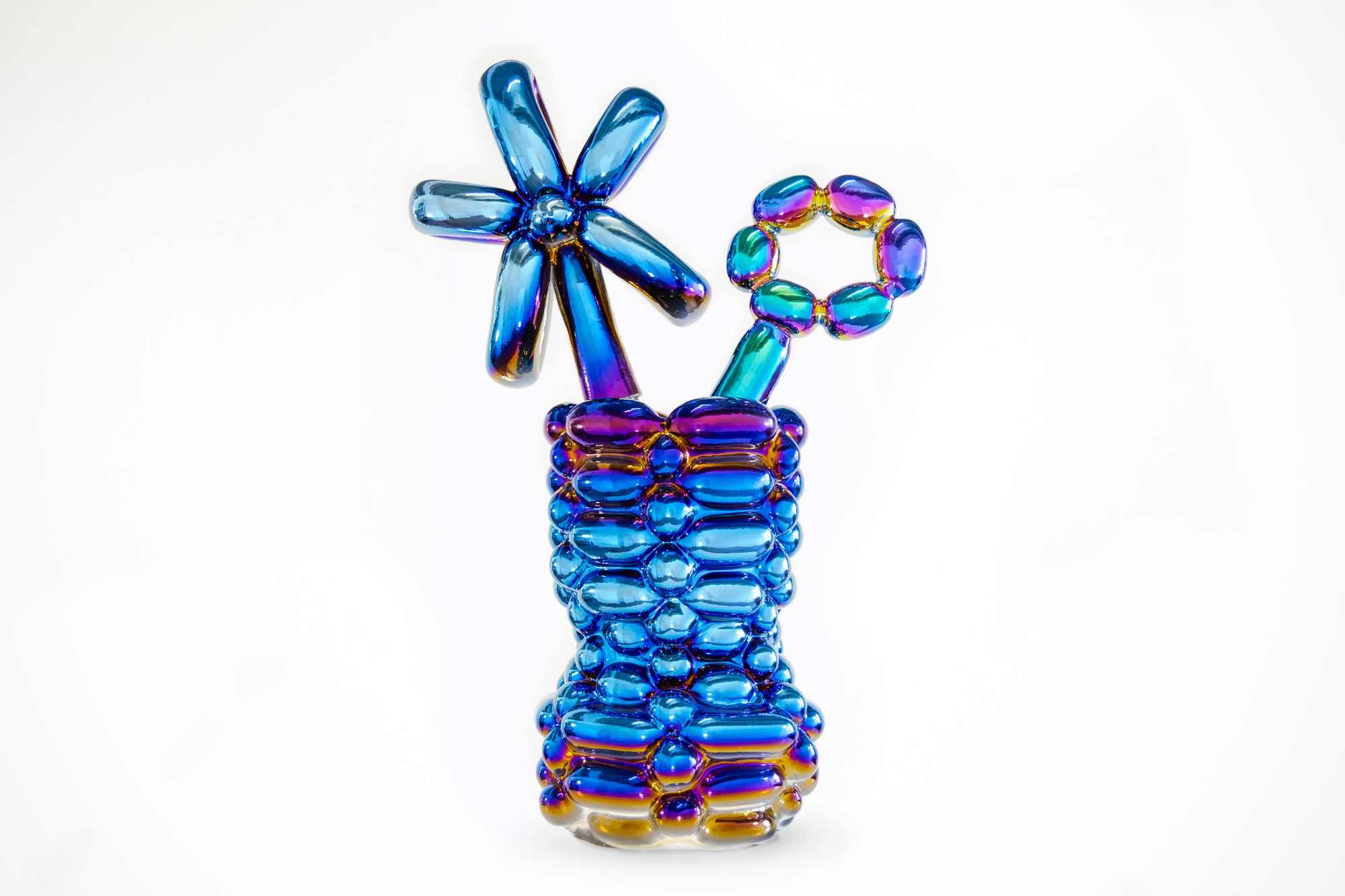
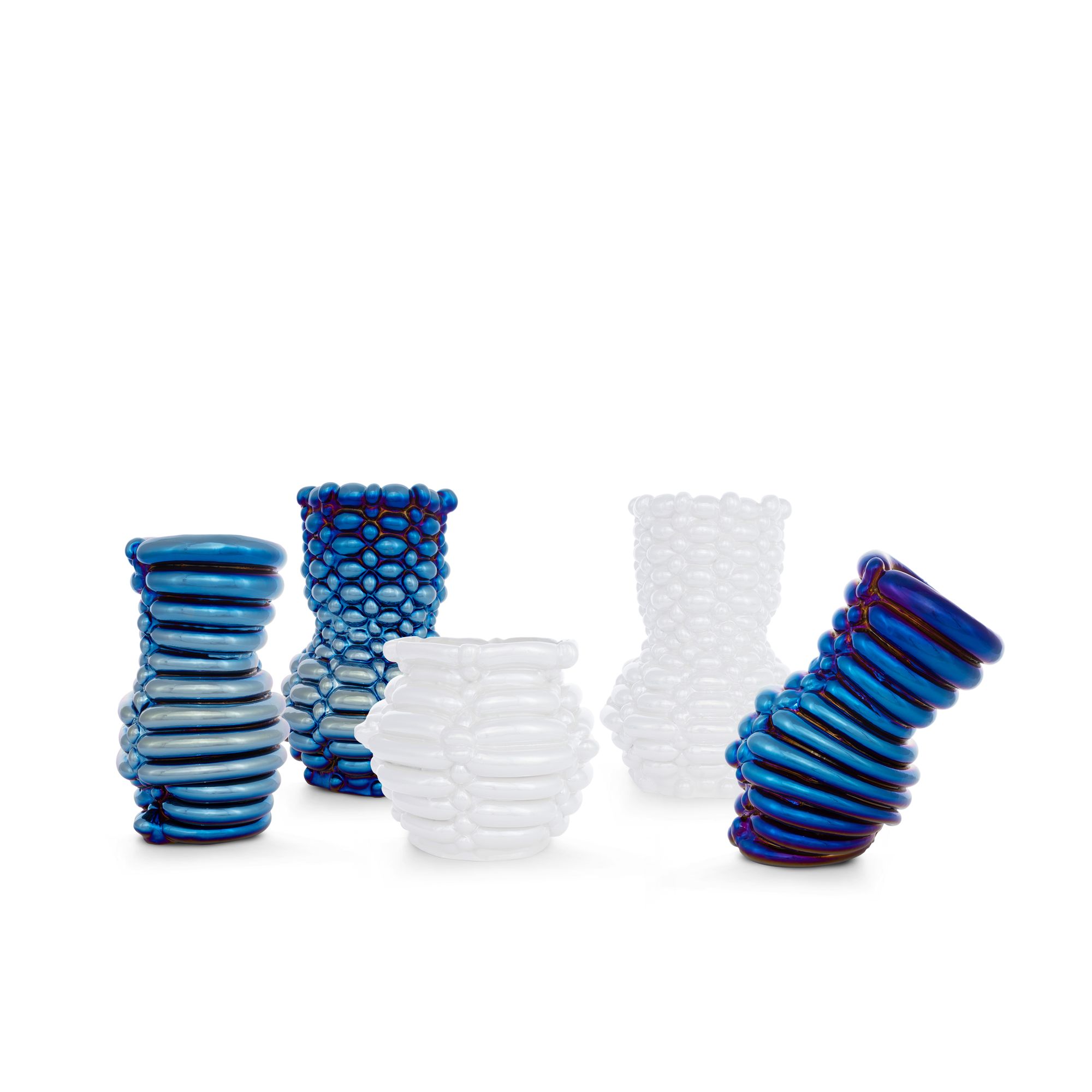
Štefan’s newest vases will be on display at the 2022 Bratislava Design Week from 7 to 14 December. Next year, he will have solo exhibitions in Jerusalem, Prague, London, and Budapest. His distinctive works are available for purchase at the Virvar store in Bratislava and the NOOKART studio in Prague.
Štefan Sekáč | Instagram

How far will the world population rise?
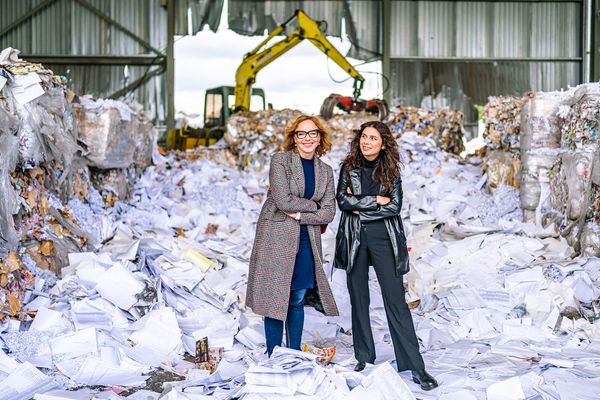
Piqniq Budapest teaches sustainability
